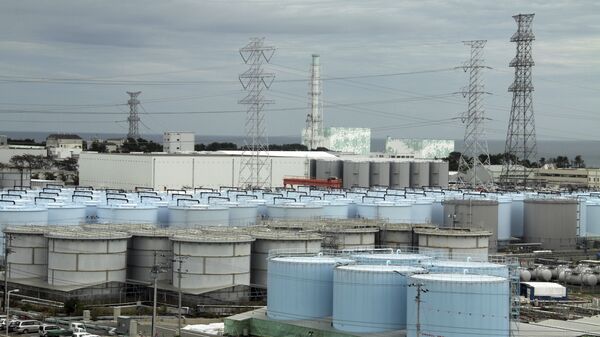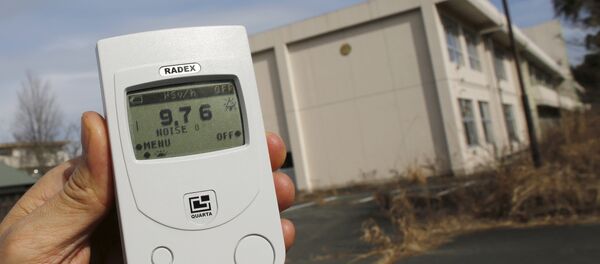The main function of the Fukushima-1 treatment plant is to filter large quantities of tritium in the water.
According to a TEPCO report, the water still holds other elements, including radioactive iodine, cesium and strontium.
READ MORE: Japanese Court Orders Compensation for Fukushima Accident Evacuees — Reports
Some dangerous radioactive isotopes are not captured by the special water purification system installed at the Fukushima-1 power station, according to the Japan Times.
TEPCO general manager Junichi Matsumoto stressed that radioactive elements still remained, mainly earlier in the crisis when workers had to deal with huge amounts of polluted water.
"We had to prioritize processing large amounts of water as quickly as possible to reduce the overall risk," Matsumoto said.
According to the Tokyo Electric Power, as of August 2018, approximately 680 containers inside NPP have accumulated about 920,000 tons of water containing tritium.
In March 2011, the Fukushima Daiichi nuclear plant was hit by a 46-foot tsunami triggered by a 9.0-magnitude offshore earthquake, crippling the facility's cooling system and resulting in the leakage of radioactive materials, hydrogen-air explosions and eventually the plant's shutdown.





